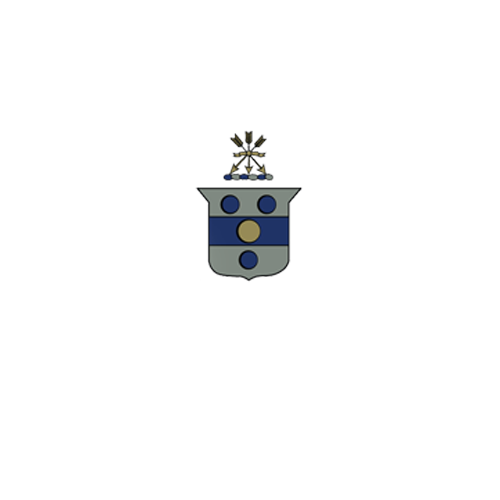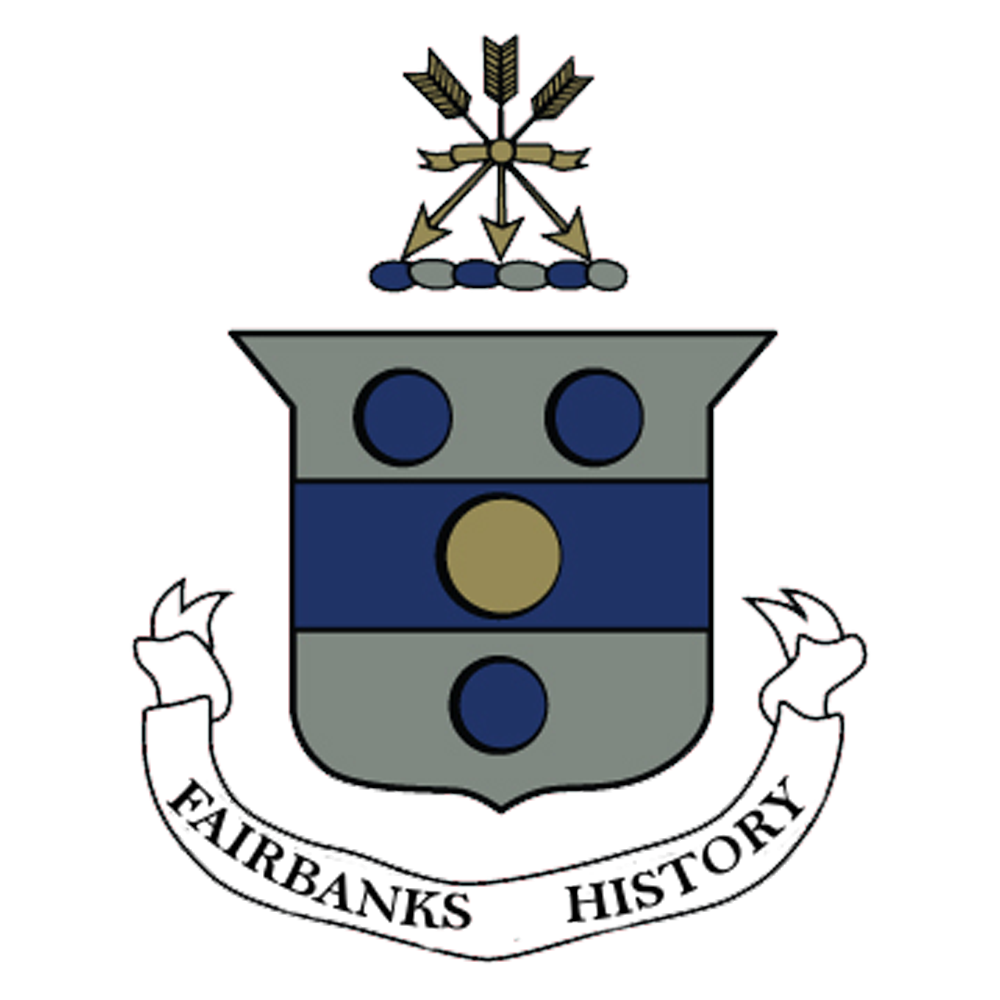Grace Fairbanks' Gardens
Food the Sustenance of life
The most basic fears for those who traveled six to eight weeks across the Atlantic Ocean to the new “wildreness” of New England was lack of shelter and food once they arrived. Some used more food stores than expected on exceedingly long sea trips. Some died of starvation the first year for lack of food.
The Indigenous People were responsible for the sustenance of some of the newcomers by bringing food to their doors or teaching them how to plant crops the Indigenous way. The Indigenous People cultivated fields and did yearly burns for clearing underbrush and crop manangement. When the Puritans arrived, Watertown was said to be “park-like” because of the Indigenous Peoples’ farming and land management practices.The Englishmen learned they could grow some of their English grains. Reverend Francis Higginson refers to this in his letters home from Salem.
We all learned about the Indigenous people teaching the settlers how to plant a hill of corn with a pumpkin (or squash) at the base to control the weeds and pease or beans that would climb up the stalk of the corn.
Photo taken at Plimoth and Patuxet Living History Village.
Indian corn was not a customary food for the English palate. However, the English call all grains corn. European women had to devise new recipes for the new grain introduced into their diet.
The Indigenous people went to great lengths to supply and store corn. They probably had some store near their winter village, just a fifteen minute walk from the Fairbanks House.
One of the first tasks after an early family found or made shelter in Massachusetts Bay Colony was to put out a garden, even if it was a late garden. This would supplement their dwindling supplies.
Instead of using coal as in Yorkshire, England, the Fairbanks became accustom to a wood fueled fire. Wood was used for cooking and to supply warmth. New England was in the middle of the “Little Ice Age,” and New England winters were colder and snowier than winters in England.
Grace would have brought starts and seeds from her gardens in Yorkshire. In spring of 1638, the plantings of gardens or grains rotted in the ground several times because the weather stayed cold too long. The Fairbanks had just left England that was near starvation in several areas because of poor crops. At their new home, again, they faced potential hunger or starvation.
The ground that had not previously been turned by the Indigenous people was difficult to “dig into” and “turn.” This tilling needed to be done in the fall to let the cold, freezing, and thawing break up the clods for easier tillage the next season. It would take several seasons before the soil “ worked well.” The men helped with the initial cultivation, but the women were responsible for the gardens.
When Grace came, she knew little about what would grow in New England. She got some advise from Reverend Francis Higginson who brought his family from England in 1629 on the first ships in the Massachusetts Bay Company. Mr. Higginson died the first winter leaving his wife and eight children. Before he died, Rev. Higginson wrote letters to England telling the people what to bring and what to expect in New England.
Grace’s Garden
As well as a vegetable garden, Grace would have an herb garden. Herbs not only seasoned food and warded off insects but were needed for natural medicine. Perhaps Grace learned what she could about caring for ailments of her family before they left the old country. There were few doctors in the New World and many of them probably knew little more than Grace. Dedham had a Dr. Deengaynes early in 1638 (DTR, p. 48) but by 1648, he died. Then Mrs. Deengaynes recieved the family’s allotments of grants (DTR, p 152). Dedham didn’t have another doctor until 1650 when Dr. Avery came to town (DTR, p. 132). He was both a doctor and blacksmith.
For lack of a doctor, the minister of the town tended to the sick. Clergy had no formal education in medicines. Generally the Puritans relied on prayer and the grace of God in those times.
As in any household today, the mother was the first to administer care when someone was ill. In the 1600s when there was a lack of other expertice, she may be the only one to care for them.
When Reverend Higginson wrote back to his home in Leicester, England, he told about the journey and the land. He imparted valuable information for what someone coming to New England should expect on the trip and after they arrived and listed the specific amounts of food supplies to bring for each person (Higginson, p. 3)
He also suggested what would grow well in the gardens. His first comment was that the Governor was growing pease in his garden as good as he had eaten in England. Pease may have been beans more than the peas with which we a familiar. Rev. Higgenson went on to list root vegetables that grew well and were larger and sweeter than in England: turnips, parsnips, carrots. He spoke of pumpkins and cucumbers and others he was not familiar with. Strawberries were plentiful. Mr. Higginson mentioned many herbs to use in cooking and for other needs” Pennyroyal, winterfrie, sorrel, brookline, liverwort, caruell, and watercress. Leeks and onions were common. Herbs with delightful smells were: licorish, damaske roots, hemp and flax. Some herbs he could not name. He speaks of physical herb which I believe were for medicines.
There were some fruits that were not familiar to the settlers. Francis Higginson said that even early they were planting grapevines. He spoke of strawberries, mulberries, raspberries, plums, currants, and huckleberries. Fruit of the white thorn tree (hawthorn) were said to be nearly as good as English cherries. Tree nuts mentioned were chestnuts, filberts, walnuts, and small nuts.
Of course we must speak of grains the English. Gardens were usually in the door yard, not far from the house. The crops were in early communal acreage. The town dictated what was planted each year. The women used hand mills to grind the grains for bread and pottage (or porrige). The Dedham men sometimes went to Watertown to get finer ground corn and wheat for a higher quality bread. Not until about 1651 did Dedham have their own mill for grinding grains.
Reverend Higgenson said as early as 1629 that Plimoth found that English grains also grew well in the New England soil. These would include wheat, barley, rye, and others. However, the main staple of the early settlers’ food was based on the “Indian corn”
Indian corn was ground and cooked with a broth and supplemented with a protien and herbs from their gardens. Early, they spared their livestock to increase the size of their herds, so the protein in the corn based dish, “pottage” may have been fish, deer, rabbit, squirrel, or fowl.
The gardens were near the house for easy tending and gathering food for meals. They were likely surrounded by a fence to keep wondering pigs out. They may have enclosed it with a tall woven fence to keep free-range chickens and nightly foraging deer out.
Special varieties of plants were grown together or in the garden area to prevent different pest. Lavender, chives, Bay leaves, mint, garlic and Rosemary were all used as sentries for the garden vegetables. Marigolds and chysanthemums are often used today.
A hoe and rake were familiar tools, but a scythe may have used in late fall.
The Fairbanks Garden Club
The Fairbanks Garden Club is a separate entity from the Fairbanks House. In fact, luckily, the club name was drawn out of a hat when it was formed in 1959. These diligent club members “maintain perennial borders at the historic homestead and volunteer at the National Fairbanks Reunions each summer.
In 1982, the club researched the herbs the early settlers grew and used. They designed and documented a colonial herb garden at the Fairbanks House. The Fairbanks Garden Club won an award from The Garden Club Federation of Massachusetts” for these efforts.
The Garden Club also maintains other gardens around Dedham. They place historical markers, decorate with holiday wreaths, and donate to the Dedham Food Pantry. Occasionally they give Fairbanks House herb and garden tours during the National Fairbanks Reunion.
Lisa Brayton is both a member of the Fairbanks Garden Club and a docent for the Fairbanks House Tours. In 2019, she presented the Fairbanks House Gardens during the National Fairbanks Reunion.
Making Grace’s Garden Your Own
Food is one of the most basic human needs. Most of 17th Century woman’s life was spent gardening, cooking, baking, milking, and cheese making. One of the two most frequent causes of death for a woman at that time was fire. Their long skirts hung close to the cooking fires in the hearth. Women learned to use what they had available. They passed that knowledge down through the generations. You probably use some of the same herbs that Grace did in her household. Let’s preserve our history and our knowledge for the present and a better tomorrow.
Next Up
Grace’s Gardens for Medicine and Health Care
In this blog, I have presented the early household herbs.
In the next blog, the medicinal herbs will be highlighted.
Resources
Fairbanks Garden Club of Dedham, Massachusetts
Hill, Don Gleason. The Early records of the town of Dedham, Massachusetts, 1636-1659. Dedham, Mass.: Printed at office of the Dedham Transcript. 1892
Higginson, Francis. New Englands plantation, with the sea journal and other writings 1587-1630. Salem, Mass. : The Essex Book and Print Club. 1908. https://archive.org/details/newenglandsplant00higgrich/page/28/mode/2up




















